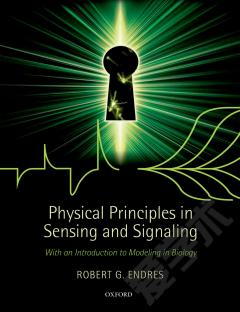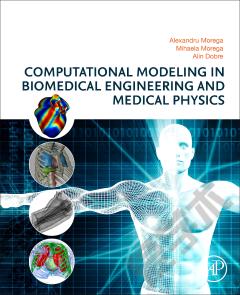Introduction to Modeling in Physiology and Medicine
Introduction to Modeling in Physiology and Medicine, Second Edition, develops a clear understanding of the fundamental principles of good modeling methodology. Sections show how to create valid mathematical models that are fit for a range of purposes. These models are supported by detailed explanation, extensive case studies, examples and applications. This updated edition includes clearer guidance on the mathematical prerequisites needed to achieve the maximum benefit from the material, a greater detail regarding basic approaches to modeling, and discussions on non-linear and stochastic modeling. The range of case study material has been substantially extended, with examples drawn from recent research experience. Key examples include a cellular model of insulin secretion and its extension to the whole-body level, a model of insulin action during a meal/oral glucose tolerance test, a large-scale simulation model of type 1 diabetes and its use in in silico clinical trials and drug trials.Covers the underlying principles of good quantitative modeling methodology, with applied biomedical engineering and bioscience examples to ensure relevance to students, current research and clinical practiceIncludes modeling data, modeling systems, linear and non-linear systems, model identification, parametric and non-parametric models, and model validationPresents clear, step-by-step working plus examples and extensive case studies that relate concepts to real world applicationsProvides end-of-chapter exercises and assignments to reinforce learning
{{comment.content}}








 京公网安备 11010802027623号
京公网安备 11010802027623号